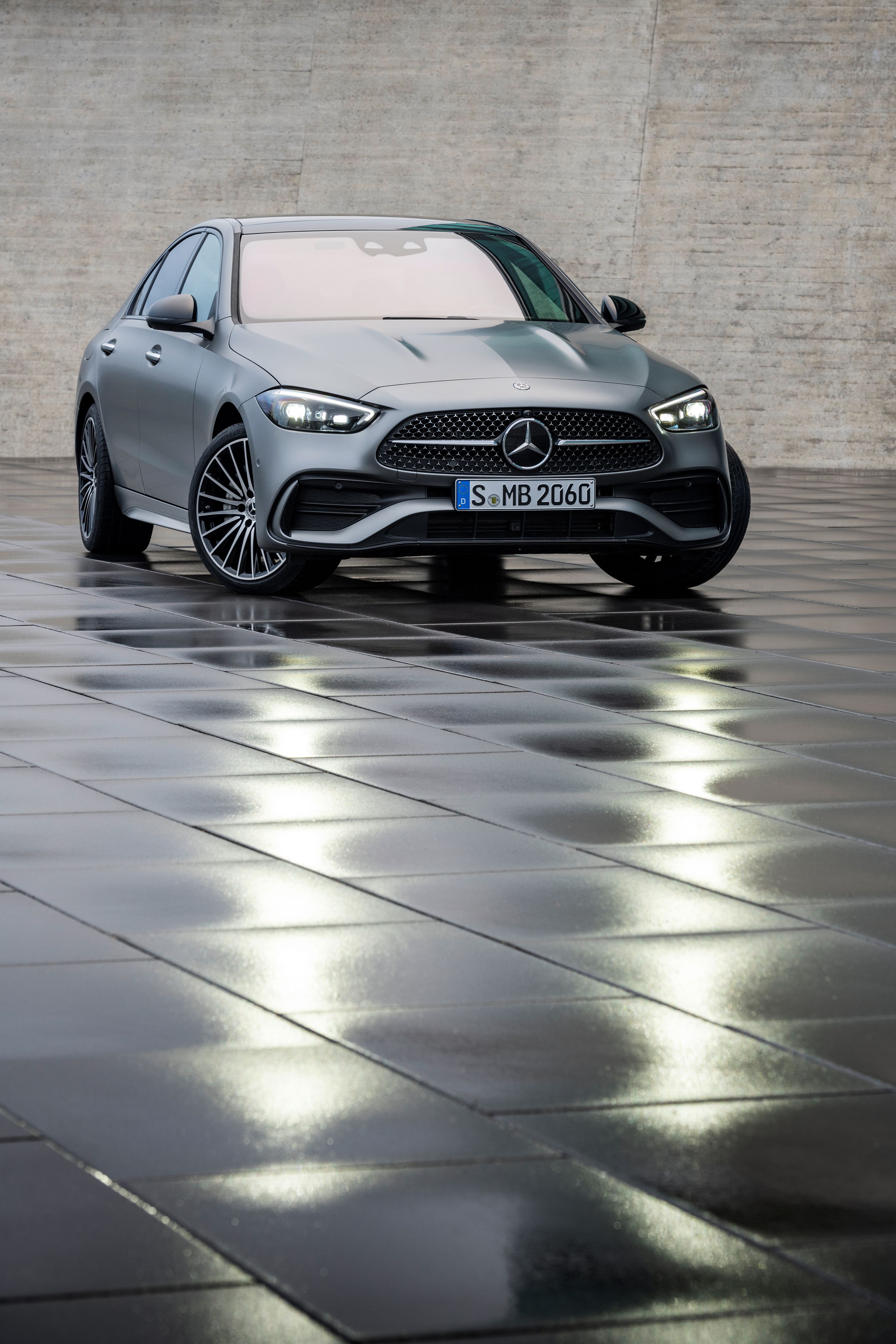
You're casually scrolling through your social media feed and happen upon yet another photo or video of a blazing EV, accompanied by firefighters dousing it with scarcely-believable volumes of water. That means that EVs are rolling fire hazards, and it's only a matter of time before another one will go into "auto-bonfire" mode, right?
Wrong. In fact, even with the potential fire hazard factored into the calculations, EVs have a much better safety record all round than the majority of ICE (Internal Combustion Engine) vehicles. There are many other claims regarding EV safety as well, so we decided to explore some of them and find out if any of them have real merit.
1. EVs Are Less Fire-Prone Than You’ve Been Led To Believe
Seeing as we opened with the topic of EVs and their perceived fire risk, let's explore this avenue first. At last count, Chevrolet had to recall almost 142,000 Bolts for "rare manufacturing defects in the battery," causing Bolts to go up in flames, finally covering almost the entire run from the 2017-2022 model years.
Big numbers indeed, until you consider that, prior to the initial recall of about 51,000 vehicles, only five fires had been reported, which prompted the start of the recall campaign in 2020. That's roughly one vehicle out of every 10,000, or 0.01% of all Bolts, which suddenly doesn't look like a huge problem, does it? The reality is that a multitude of research reports have indicated that EVs are actually less likely to erupt in flames than pure-ICE vehicles.
According to Tesla's Impact Report, its EVs are almost 11 times less likely to catch fire than ICE vehicles. Sure, but Tesla paid for that study, you say. This is true, but other studies corroborate this claim, too. Using National Transport Safety Board data, a report by AutoinsuranceEZ confirmed that the fire risk for EVs are far lower than the risk for ICE vehicles. EVs registered 25.1 fires per 100,000 vehicles in this study, while ICE fires accounted for 1,529 per 100,000 vehicles.
Interestingly, hybrid vehicles showed more than double the fire risk of ICE vehicles, with 3,474 fires for 100,000 vehicles. In short, if potential fire hazards are your main safety concern, you'd be better off ignoring ICE and hybrid vehicles entirely, and going for a less-combustible EV instead.
Yes, EV fires need to be treated differently by first responders, but that's an entirely different article on its own that we'll get to soon eough.
2. Superior Crash Protection
Dedicated EV platforms, but not EVs which are derived from ICE base models, use a very different architecture than ICE vehicles. The collective name for this vehicle architecture is a "skateboard platform," and it places the batteries low down in the chassis of the vehicle, essentially filling the space between the axles with a slim-line battery pack. Thanks to this design feature, the batteries are sheltered from the negative effects of most collisions simply because they're placed out of the way of the impact forces.
It gets even better. Because their drive units are much smaller than any ICE power unit and its peripheral parts, there's a lot more space available around the electric motors for superior crumple zone designs.
The battery packs themselves reside in high-strength casings, which also contribute extra rigidity to the platform, and help maintain the passenger cell's integrity in a collision.
In combination, these factors improve a dedicated EV's occupant safety by a great margin, as borne out by IIHS crash tests, where cars like the Audi e-tron and Tesla Model 3 earned IIHS Top Safety Pick + awards in 2021. The Ford Mustang Mach-E lost a few points for its iffy standard headlights, but still received a Top Safety Pick award in spite of this. An ICE vehicle with its platform adapted to EV use also performed extremely well in that round of tests, but that's most likely because it's a Volvo, not because it's powered by electrons…
3. Improved Handling
Another advantage wrought by a skateboard platform is that it places the greatest mass, which, in an EV, is the battery pack very low down, below the passenger compartment. This lowers the vehicle's center of gravity and often results in an optimal 50/50 weight distribution between the front- and rear axles.
In twin-motor EVs, the fact that the front- and rear axles both send power to the tarmac gives all-wheel drive traction by default, without the need for heavy power transfer equipment like drive shafts and transfer cases, further enhances driving stability. Combined with the low center of gravity, this means that dedicated EVs usually have loads of road grip and an uncanny ability to scythe around corners, even on comparatively modest tires.
Proof of this can be found in the generally capable performance of many pure EVs in the Moose Test - a double lane-change maneuver designed to highlight any problems with a vehicle's stability under extreme direction changes. The Hyundai Ioniq 5, Polestar 2, and Tesla Model Y all pass the Moose Test with flying colors, despite their efficiency-minded tires and conservative stability control programming.
4. Weight Matters
One of the drawbacks of today's battery technology is that the battery packs themselves are very heavy, and this factor definitely influences an EV's range and performance. But, at the same time, that extra weight brings an advantage in collisions between similarly-sized but differently-powered vehicles.
If we simplify the calculations and assume that the EV and the ICE vehicle have identical crash safety ratings and equipment, the heavier EV will always come out on top in a collision with a lighter ICE car. The laws of physics dictate that the heavier car will experience lower acceleration forces during a collision than the lighter one would, bringing some good news for EV occupants.
